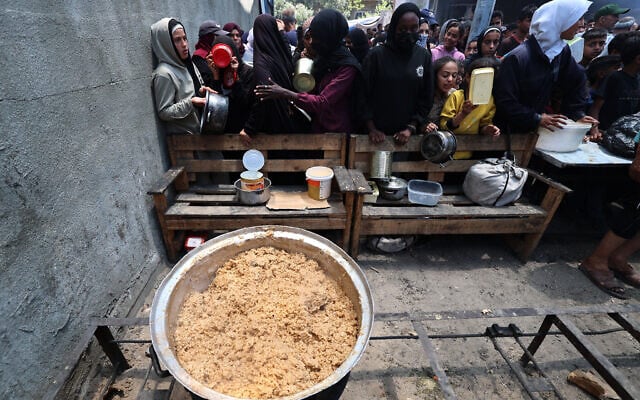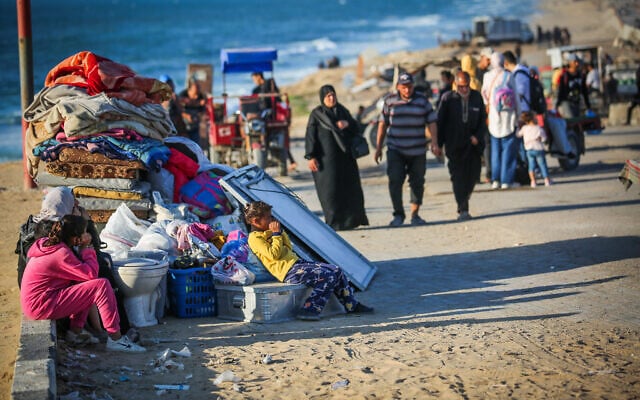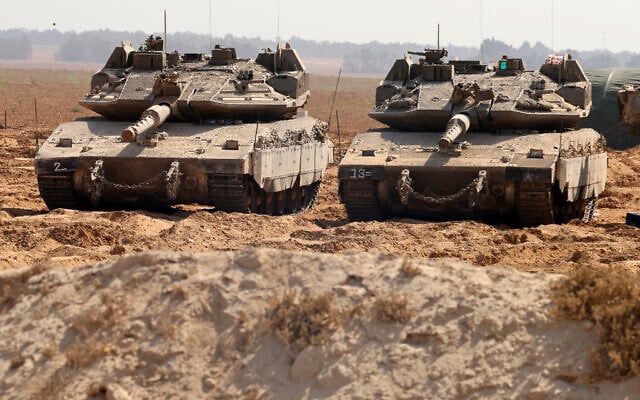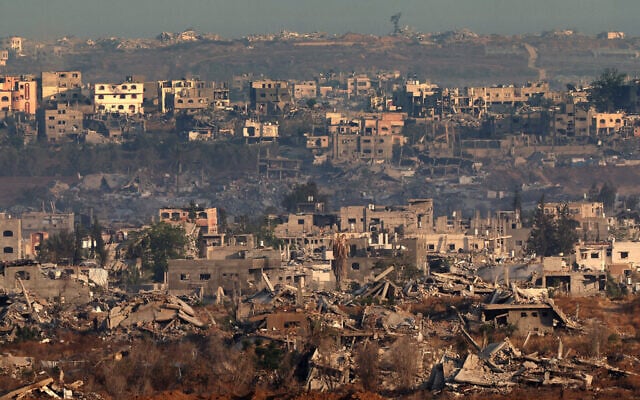Flour and other food aid will begin to reach some of the most vulnerable people in Gaza on Thursday, the accessories workers said, while the United Nations confirmed that the aid groups “collected and sent” about 90 out of approximately 200 trucks that Israel had enabled this week, but Palestinian officials said that it was not enough to make shortages caused by an 11 -hour blockage.
Israel has granted 100 trucks carrying food for babies and medical equipment in the enclave Wednesday, 90 others Tuesday and five on Monday, after announcing its first relaxation of restrictions under international mounting pressure.
Jens Laerke, spokesperson for the United Nations Humanitarian Agency OCHA, said that trucks that had entered medicine, wheat flour and nutrition supplies.
The aid groups were faced with significant challenges distributing aid due to insecurity, the risk of looting and coordination problems with the Israeli authorities, added Laerke.
Most of the supplies were seated on the side of Gaza of Kerem Shalom Crossing with Israel, and the UN said on Wednesday that the route that had offered them by the FDI was not sure and that they feared looting, which is why the distribution was delayed.
Israel had prevented any help in the entrance to Gaza since March 2, arguing that sufficient humanitarian assistance had entered the band during a ceasefire six weeks before that and that Hamas was flying help. He said that the blockade was part of an effort to put pressure on the terrorist group to release the dozens of hostages it holds.

The Palestinians meet to receive a hot meal at a food distribution point in the Nuseirat camp for refugees in the Gaza central strip on May 21, 2025. (Eyad Baba / AFP)
The UN said that a quarter of the 2.3 million Gaza people were at risk of famine, and some FDI officials warned the political leadership that the enclave was on the brink of famine.
“Some bakeries will start to receive flour to produce bread, and we expect bread distribution later in the day,” Amjad Al-Shawa, director of the non-governmental Palestinian network of government organizations in Gaza told Reuters.
He said only 90 trucks had succeeded so far. “During the ceasefire, 600 trucks entered every day, which means that the current quantity is a drop in the ocean, nothing,” he said.
The bakeries supported by the United Nations World Food Program will produce bread and staff from the agency distribute it-a more controlled system than before, when the bakers have sold it directly to the low-cost public, he added.
“The idea is to try to reach the most needy families, those who are desperate, because this is only the start,” said Shawa.
Umm Talal Al-Masri, 53, a moved Palestinian from Gaza City, described the situation as “unbearable”.
“No one distributes nothing to us. Everyone expects help, but we have received nothing,” she said. “We can barely prepare one meal a day.”

The displaced Palestinians cross the Gaza Valley in the Nuseirat region on Al-Rashid Street on May 21, 2025, heading from north to south. (Ali Hassan / Flash90)
Fresh strikes and evacuation notice
While first aid arrived since the blockade, Israeli military strikes on Gaza killed at least 35 Palestinians across the enclave on Thursday, the local health authorities managed by Hamas announced.
There was no immediate comments from the Israeli army on reports. He has repeatedly declared that he targets terrorist infrastructure and agents and seeks to avoid civilian victims.
Thursday at noon, the FDIs issued a large evacuation warning for the Northern Gaza Strip, as part of its new offensive against Hamas.
In an article on X, the Arabic language spokesman for Tsahal, Colonel Avichay Adraee, called the Palestinians living in Sheikh Zayed, Salatin, Beit Lahiya, Jabalia and neighboring cities to evacuate the South.
He warned that the FDI operated “with great strength” in these areas, and they were considered “dangerous combat zones”.
# عاجل ‼ Lish انذار عاجل الى كل سكان قطاع غغة المتواجدين في شمال القطاع في أحياء غبن ، الشيماء، فاوس ا المنbility
⭕️ respectlen الدفاع يعمل بقوة شديدة في مناطق وجودكم حيث تواصل المنظما Enir… pic.twitter.com/p0nmffd24l– افيخاي ادرعي (@Avichayadraee) May 22, 2025
A similar warning for some parts of Northern Gaza was issued Wednesday evening, in what the army said an answer to Rocket Fire.
He said that a “projectile that has been identified by crossing Israel from the Northern Gaza Strip was intercepted” by Air Force. He then announced three other launches from the north of Gaza, but said that the projectiles had fallen inside the Palestinian territory.

The Israeli army tanks take up position on the border between Israel and the Gaza Strip on May 22, 2025. (Jack Guez / AFP)
In Beit Lahiya at the northern end of the enclave, a tank shell struck a medical warehouse inside the Al-Awda hospital and prompted it, the Hamas Ministry of Health announced on Thursday. The rescuers tried to put out the fires for hours, he added.
The tanks were parked outside the hospital, according to doctors, effectively blocking access to the establishment.
The Gaza health system barely worked in the middle of the war, most of the medical facilities in order.
The war in Gaza began when Hamas directed on October 7, 2023, the invasion of the south of Israel, which killed some 1,200 people and saw 251 hostages taken to the strip. Fifty-eight hostages remain in captivity, of which at least 35 are dead, according to Israeli assessments.

A photo taken from the Israeli side of the border with the Gaza Strip shows buildings destroyed in the northern sector of the Palestinian territory besieged on May 22, 2025. (Jack Guez / AFP)
According to the Gaza Ministry of Health, more than 53,000 people in the strip were killed or presumed in the war. This assessment includes hundreds of Gazans killed in strikes since Israel launched a new intensive operation last week.
The Ministry of Health managed by Hamas published a list of 16,503 children and adolescents up to the age of 18 on Thursday, it was killed in the war in Gaza Thursday, which means shot and bombing.
The complete list includes names, identification numbers, birth dates and information on how data on their death has been collected – either from lists of hospital victims, or updates provided by their families at the ministry.
There is no independent data verification. In the past, studies have highlighted the inaccuracies and errors in the lists and figures published by the authorities controlled by Hamas in Gaza, which do not regularly make the difference between combatants and civilians, and include some killed by failed Palestinian rockets or natural causes.
In addition, Hamas and other terrorist groups are known to regularly employ older adolescents as agents.


